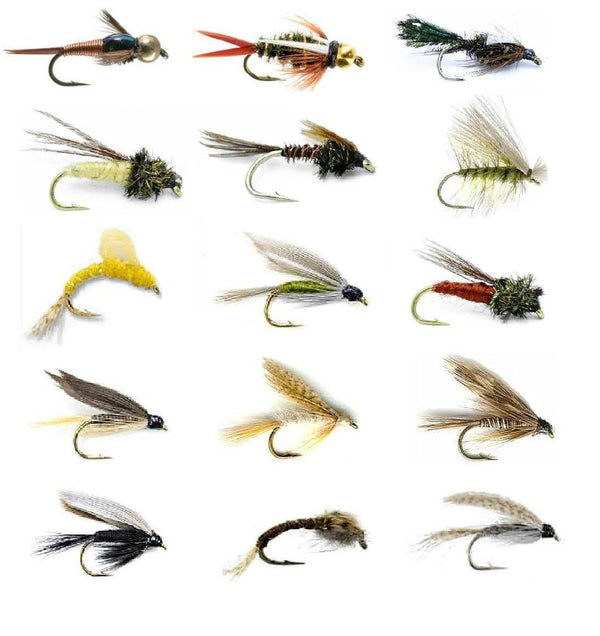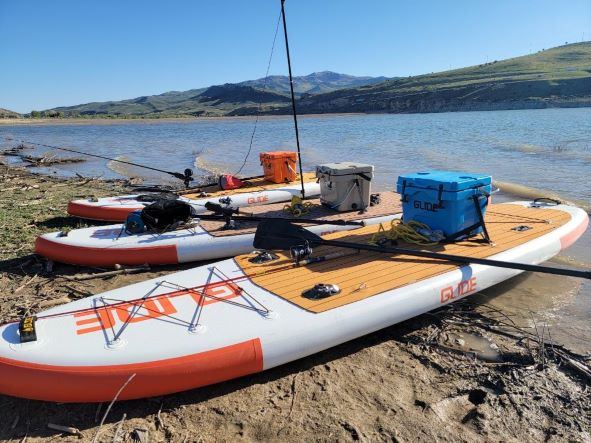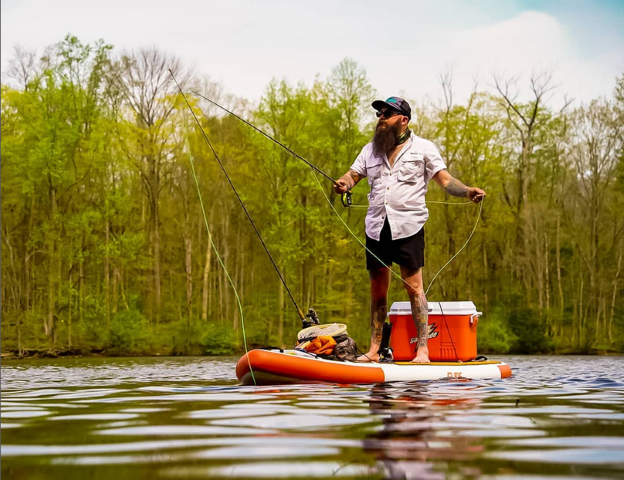
Fly fishing techniques to bring sup fishing.
Key Highlights:
- Unique Aspects of Fly Fishing on SUP: Fly fishing on a SUP, such as the Glide O2 Angler, offers a unique angling experience with the need for specialized casting techniques due to the platform's stability and versatility.
- The Back Hand Cast: A fundamental technique where the line is cast behind using a backhand motion, ideal for smaller waters.
- The Roll Cast: A rolling motion cast suitable for larger bodies of water, allowing for smoother line deployment.
- The Reach Cast: Enhances your ability to cast further by combining a forward cast with an extended back cast, useful for distant targets.
- The Tuck Cast: A precise method to navigate flies over obstacles like weeds or rocks by tucking the line behind them.
- The Double Haul Cast: Facilitates casting heavier lines or larger flies with two quick forward casts, aimed at catching larger fish.
- The Mend Cast: Adjusts the line's direction in water post-cast, crucial for controlling the fly’s drift according to current directions.
If you have been fly fishing you may already know these techniques, if not these are some of the techniques used in fly fishing that once you have down will greatly increase the success of your sup fly fishing adventure and will help you catch fish with ease.

Is fly fishing different from other sup fishing?
Fly fishing is a unique and rewarding sport. It is a form of angling, which uses an artificial lure, or “fly”, to catch fish. It is a method that has been practiced for centuries and is especially popular among experienced anglers, that is even better from a fishing stand up paddle board like the Glide O2 Angler.
Fly fishing is different from other types of fishing because the angler uses a special rod and line that are designed to cast a lightweight lure. The lure is made of feathers or fur and is designed to imitate the movement of an insect or baitfish in the water. The angler must be able to cast their lure in a specific way to be successful.
The most important part of fly fishing is the casting technique. This is the foundation for a successful day on the water. The goal is to place the fly on the water in a way that will attract the fish. To achieve this, the angler must be able to accurately cast their fly in the desired direction.
Fly fishing techniques.
The Back Hand Cast.
There are several different techniques for casting a fly. The most common is the “back cast”. This is a basic casting technique where the line is cast behind the angler using a backhand motion. The line is then brought forward again using a forward cast. This technique is most often used in smaller bodies of water.
The Roll Cast.
The “roll cast” is another popular technique. This is a technique where the angler casts their line in a rolling motion, rather than in a straight line. This technique is used mainly in larger bodies of water, such as lakes and rivers.
The Reach Cast.
The “reach cast” is a technique used to cast the line further out from the angler. This is done by making a forward cast and then allowing the line to “reach” out further by using a back cast. This technique is often used when the angler is trying to reach a particular spot in the water that is further away.
The Tuck Cast.
The “tuck cast” is a technique used to cast a fly up and over an obstacle. This is done by making a forward cast and then tucking the line behind the obstacle. This technique is often used when casting over weeds or rocks.
The Double Haul Cast.
The “double haul” is a technique used to cast a heavier line or larger fly. This is done by making two forward casts in quick succession. This technique is often used when the angler is trying to cast a heavier line or larger fly in order to catch larger fish.
The Mend Cast.
The “mend” is a technique used to correct the direction of the line in the water. This is done by making a forward cast and then quickly mending the line in the desired direction. This technique is often used when the angler is trying to make the fly drift in a certain direction in the water.
These are just a few of the types of fly fishing casting techniques and will be a great base for you to learn. Once you have these down the other more advanced casts will be easier to learn.
Fly fishing is an art form as much as it is a sport. It takes practice and patience to learn the various techniques and to become a successful angler. Anyone can become a proficient fly fisherman with the right knowledge and skill.

Fly fishing is an enjoyable and rewarding sport. Whether you’re a beginner or an experienced angler, mastering the various fly fishing techniques can help you become a successful and knowledgeable angler. With the right knowledge and the right equipment, you can have a successful and enjoyable day on the water.
Make sure you have a paddle board with plenty of d rings, deck mounts, and weight capacity for you, your gear, and the big fish you plan to catch. Don't forget your tackle box and cooler to store drinks. Have fun with your fishing sups and be safe on the water.
Let us know about your favorite cast from a sup at #glidesup on Instagram.



